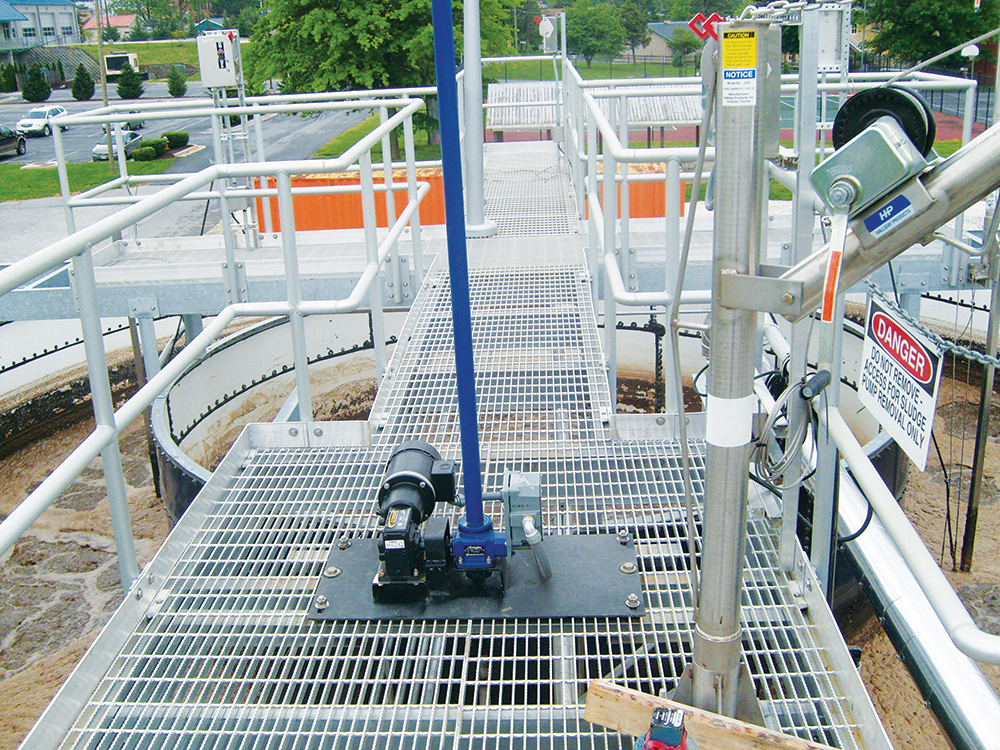You probably understand the basic differences between wastewater and stormwater. It can be harder to understand the differences in how they are handled within a town or city setting. Stormwater may eventually make its way to a water treatment plant, but it’s not through the sewer as you’d imagine. Wastewater is handled differently. It is not meant to get into bodies of water without first being treated.
What is Wastewater?
Wastewater is the liquid that comes from showers, washing machines, sinks, toilets, bathtubs, dishwashers, and other items that handle dirty water. That water travels through pipes into a sewer or septic tank. If it goes into a septic tank, an effluent filter keeps solids from getting into the pipes and creating blockages in the pipes leading to the leach field. The water that goes to the leach field filters naturally through the soil, sand, and bedroom before going into underground water sources. The remaining sludge and solids stay in the tank where it must be pumped out every three to five years, depending on the number of residents, and trucked to a plant.
For homes and businesses within a water district that has sewer lines, the water travels through the sewer lines to the sewer system. There it travels to that district’s water treatment plant.
It doesn’t matter if that wastewater gets there through sewer lines or is trucked in by companies that drain business and residential septic tanks. That wastewater goes directly to the wastewater treatment plant to be cleaned before it’s released to a body of water or into storage tanks.
What is Stormwater?
Stormwater is rain, snowmelt, and ice melt that occurs after a storm or on a warmer day in the winter or spring. In a rural or wooded area, that water is typically absorbed back into the ground. In a city, you have pavement and concrete that prevent the water from reaching the soil. It has to go somewhere, so storm drains, ditches, and pipes help handle the water.
People see storm drains in a city and assume it all winds up in a sewer. The reality is that there are different systems in place to handle wastewater and stormwater. After a storm or sudden snow/ice melt, the water you see flooding into a storm drain goes into a drainage system that returns that untreated water to rivers, lakes, streams, and ponds.
One of the problems with untreated water going into a body of water is that it hasn’t been cleaned. That water can pick up contaminants like road salt, vehicle fluids, trash, and agricultural fertilizers and pesticides and end up in the water. This triggers an adverse reaction by causing things like algae blooms to take over and pollute a water source. People should take precautions to prevent these contaminants from getting into storm drains or ditches.
There is that chance that the river, lake, pond, or another body of water feeds into a water treatment plant. For example, if your city draws water from the nearby lake to be used as water in public businesses and homes within the water district, the stormwater that travels into that lake would eventually reach the water treatment plant. There, it would be cleaned, treated, and eventually make its way through pipes to homes and businesses.
What Happens at the Water Treatment Plant?
Collection and pumping are the first stages of a water treatment plan. Sewage is collected and cleared of large objects through screens. The size of the screens will change to trap smaller and smaller items. After this, it is allowed to settle in a grit chamber where sand and other fine particles are allowed to settle. They’re removed and taken to a landfill.
The wastewater moves to tanks where the sludge and solids settle and removed. Depending on the water treatment plant, that sludge and waste may end up in a plant that heats it to kill the bacteria and process it into fertilizer. The remaining wastewater now moves into a secondary treatment. At this stage, oxygen is added to the remaining wastewater to encourage microorganisms to use up the remaining waste. By the time this process ends, as much as 90% of the waste and chemical pollutants are gone.
What remains is disinfected with chemical agents and processed further to make sure the chemicals used to sanitize the water are below the levels recommended by the government. Some wastewater treatment plants use UV lighting to help with this process. Once the water is safe for reuse or bodies of water, it travels to water storage tanks where it ends up at area homes and businesses or it is piped into the lake, river, stream, etc.
Would you like help coming up with a wastewater treatment system that helps protect your district? Does your inefficient system need upgrading? Lakeside Equipment has decades of expertise in designing and installing efficient, cost-effective water treatment systems. Give us a call or send an email to learn more.








